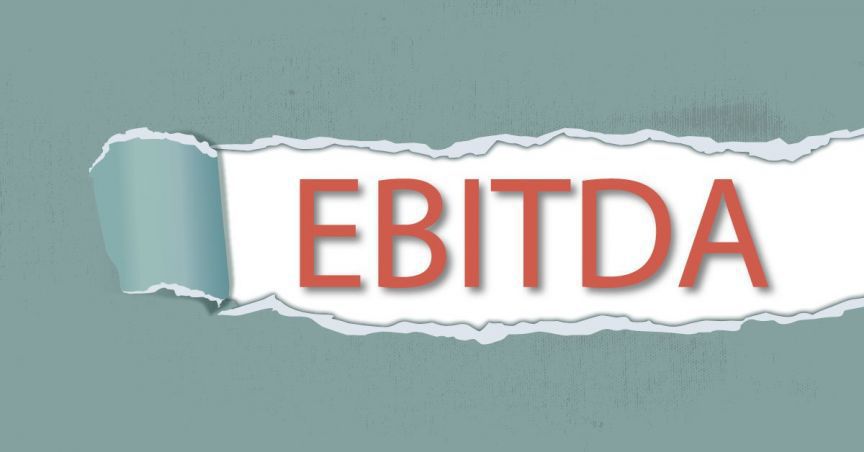The term commonly known as EBITDA stands for Earnings Before Interest Tax, Depreciation and Amortization. And EBITDA multiple is one of the essential ratios used to gauge the financial performance of the company. It compares the companyâs Enterprise Value to its annual EBITDA for the given period.
The core objective of EBITDA multiple is to reflect the companyâs value in comparison to its operational earnings, which can then be compared with the performance of other industry players. It provides a normalized ratio for several financial variables like capital structure, fixed assets, and taxation.
To determine EBITDA multiple, one first needs to find out the Enterprise Value and EBITDA. Enterprise Value refers to the total value of the company excluding cash or cash equivalents. It comprises of all the common shares equity or market capitalization, long-term and short-term debts, preference share capital, as well as minority interest. To sum up, we can say, enterprise value is a sum that company owes to other, whether in the form of debt or equity.
While on the other side, EBITDA defines the companyâs income generated from operations before considering the non-cash expenses, interest expense, and income taxes. So, in this manner, it gives a slightly different picture from the companyâs net income which considers all the non-operational and one-off expenses incurred during the given period.
Once both these values are calculated, an investor can easily know the EBITDA multiple by simply dividing the Enterprise Value to EBITDA of the same period. Letâs walk through an example where Market Capitalization is $24.90 billion; Debt is $0.67 billion; Cash and Cash equivalents are $2.4billion and EBITDA of that period is $7.89 billion. In this case EBITDA multiple will be:
Enterprise Value= Market Capitalization + Debt â Cash & Cash Equivalents
                            = $24.90 billion + 0.67 billion â 2.4 billion
                            = $23.17 billion
EBITDA Multiple= Enterprise Value/EBITDA
                            = $23.17 billion/ $7.89 billion (given)
                            = 2.94 x
The feature of taking both debt and equity into consideration is what makes EBITDA multiple special. Mostly it is used as a predominant parameter to measure the financial performance of the company as the revenues from continuing operations and its financial claims outline the core gains and burdens on it.
Market analysts make rigorous use of EBITDA multiple in their fundamental techniques to evaluate the value of the company. It forms an attractive base in the due diligence process performed at the time of mergers, acquisitions or crucial other investment decisions.
Further, the ratio reflects if a company is undervalued or overvalued. If the EBITDA multiple is high compared to its industry peers, it demonstrates the company is overvalued while on the other hand if the EBITDA multiple sits below the industry standards, it tells the company is undervalued.
Therefore, before planning for any long-term investment, do complete your homework to know the companyâs core value compared to its peers.
Disclaimer
This website is a service of Kalkine Media Pty. Ltd. A.C.N. 629 651 672. The website has been prepared for informational purposes only and is not intended to be used as a complete source of information on any particular company. Kalkine Media does not in any way endorse or recommend individuals, products or services that may be discussed on this site. Our publications are NOT a solicitation or recommendation to buy, sell or hold. We are neither licensed nor qualified to provide investment advice.



